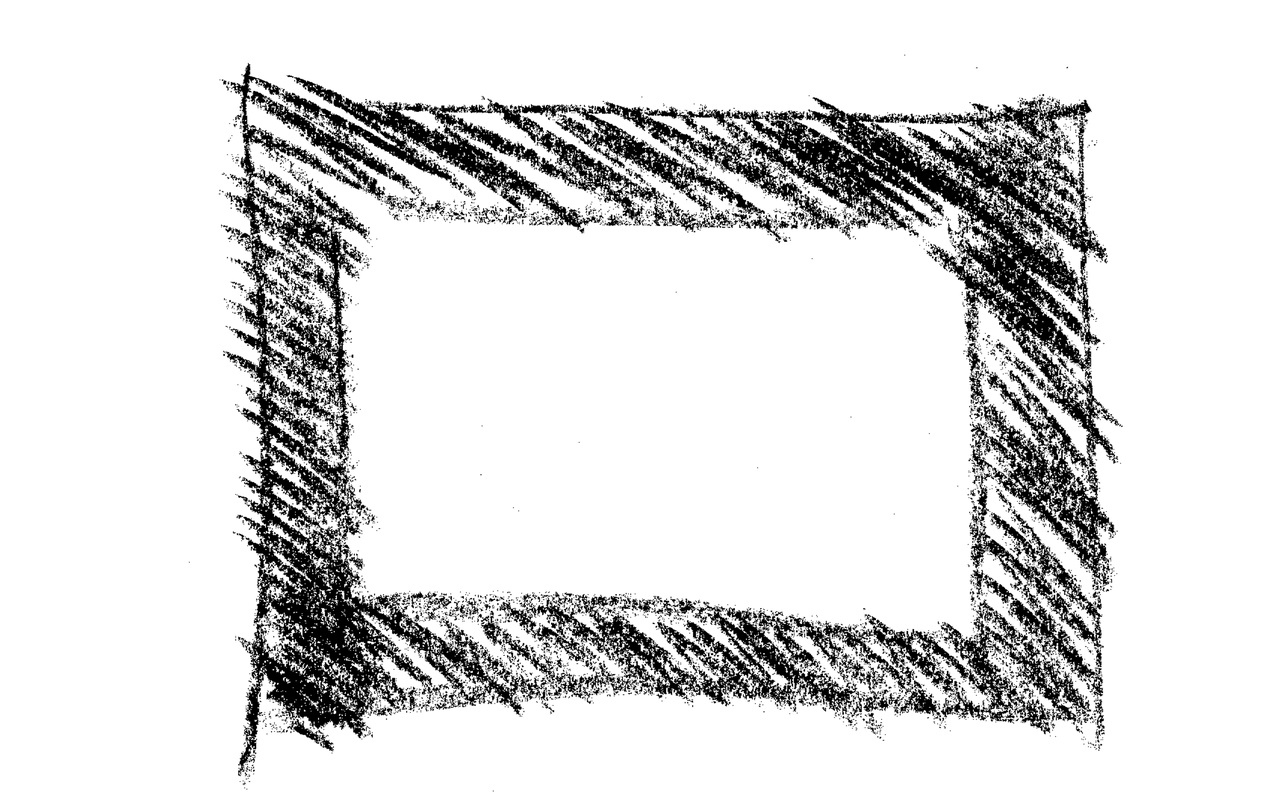Standard hatching styles for drawings
Contents |
[edit] Why is hatching used on drawings?
Hatching styles are patterns used on drawings for the easy identification and location of different types of commonly-used materials, objects and spaces.
Hatching can also be used as a form of shading - for example to indicate shadows.
[edit] How is hatching done?
Historically, hatches were drawn by hand, but the development of transfers, and then drawing software enabled considerable time savings on what was a very repetitive and time consuming task. Today, hatch commands can be used to fill a selected area or material with a standard hatching pattern almost instantly. For example, a bathroom can be tile-filled by selecting the relevant hatching style to indicate tiles, and applying it to the whole tiled area of the drawing. The use of parametric software allows common attributes to be attached to a number of similar elements, so that, for example, all tiled areas in a building can be hatched in one command, and changes can be applied throughout.
[edit] Examples of common hatching patterns
Some of the most common hatching styles are set out below. To make this list more comprehensive, click 'Edit this article' at the top of the page and add more.

|
Aggregate |

|
Blockwork wall |

|
Blockwork |

|
Brickwork |

|
English bond wall |

|
Garden bond wall |

|
Insulation |

|
Concrete |

|
Finewood |

|
Hardwood |

|
Plywood |

|
Glass |

|
Gravel |

|
Hardcore |

|
Paving |

|
Rubble |

|
Sand |

|
Stone |

|
Shingles |

|
Roofing tiles |

|
Floor tiles |
[edit] Related articles on Designing Buildings
Featured articles and news
One of the most impressive Victorian architects. Book review.
RTPI leader to become new CIOB Chief Executive Officer
Dr Victoria Hills MRTPI, FICE to take over after Caroline Gumble’s departure.
Social and affordable housing, a long term plan for delivery
The “Delivering a Decade of Renewal for Social and Affordable Housing” strategy sets out future path.
A change to adoptive architecture
Effects of global weather warming on architectural detailing, material choice and human interaction.
The proposed publicly owned and backed subsidiary of Homes England, to facilitate new homes.
How big is the problem and what can we do to mitigate the effects?
Overheating guidance and tools for building designers
A number of cool guides to help with the heat.
The UK's Modern Industrial Strategy: A 10 year plan
Previous consultation criticism, current key elements and general support with some persisting reservations.
Building Safety Regulator reforms
New roles, new staff and a new fast track service pave the way for a single construction regulator.
Architectural Technologist CPDs and Communications
CIAT CPD… and how you can do it!
Cooling centres and cool spaces
Managing extreme heat in cities by directing the public to places for heat stress relief and water sources.
Winter gardens: A brief history and warm variations
Extending the season with glass in different forms and terms.
Restoring Great Yarmouth's Winter Gardens
Transforming one of the least sustainable constructions imaginable.
Construction Skills Mission Board launch sector drive
Newly formed government and industry collaboration set strategy for recruiting an additional 100,000 construction workers a year.
New Architects Code comes into effect in September 2025
ARB Architects Code of Conduct and Practice available with ongoing consultation regarding guidance.
Welsh Skills Body (Medr) launches ambitious plan
The new skills body brings together funding and regulation of tertiary education and research for the devolved nation.
Paul Gandy FCIOB announced as next CIOB President
Former Tilbury Douglas CEO takes helm.
























Comments
[edit] To make a comment about this article, or to suggest changes, click 'Add a comment' above. Separate your comments from any existing comments by inserting a horizontal line.
Please add more hatching styles to this article to make it more comprehensive.